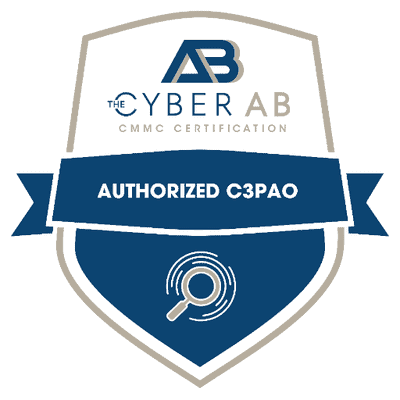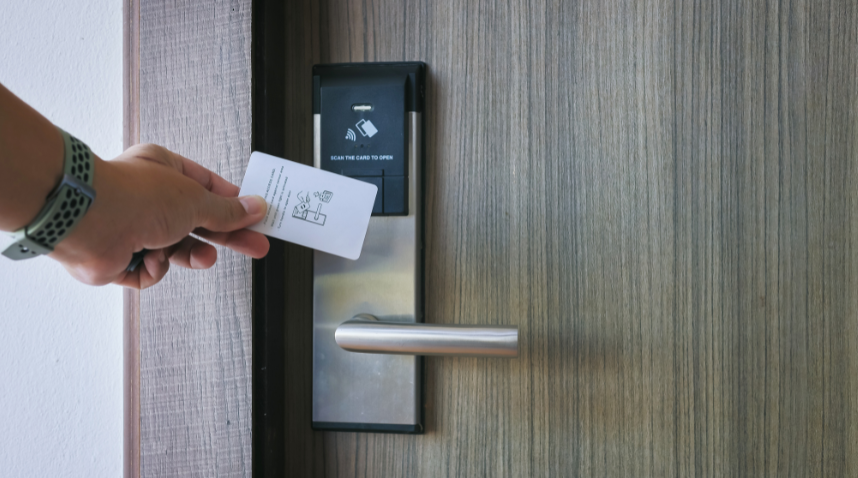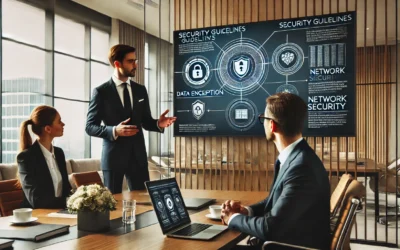Nowadays, when we think about cybersecurity, our minds often jump to firewalls, encryption, and malware protection. While these digital defenses are undoubtedly crucial, there’s one aspect of cybersecurity that often gets overlooked: physical security.
Physical security refers to the measures taken to protect physical assets, such as hardware, servers, and sensitive information, from unauthorized access, theft, or damage. It’s the often-forgotten pillar of cybersecurity that forms the foundation of a comprehensive security strategy.
The Importance of Physical Security
In today’s interconnected world, where cyber threats lurk around every corner, it’s easy to forget that not all attacks originate in the digital realm. In fact, physical security breaches can have just as devastating consequences as their digital counterparts. Consider the following scenarios:
- Unauthorized Access: An intruder gains physical access to your premises and steals a server containing sensitive customer data or intellectual property.
- Tampering: A disgruntled employee tampers with hardware components or installs malicious software on a workstation, compromising the integrity of your systems.
- Social Engineering: A sophisticated attacker poses as a delivery person or maintenance worker to gain access to your facilities and plant listening devices or steal confidential information.
In each of these scenarios, robust physical security measures could have prevented or mitigated the impact of the attack. That’s why it’s essential for organizations to prioritize physical security alongside their digital defenses.
Best Practices for Physical Security
So, what can organizations do to enhance their physical security posture? Here are some best practices to consider:
- Access Control: Implement secure entry systems, such as key cards, biometric scanners, or PIN codes, to limit access to your premises. Ensure that only authorized personnel can enter sensitive areas.
- Surveillance Systems: Install security cameras in strategic locations to monitor and record activities in and around your facilities. Consider using motion sensors and alarms to detect unauthorized access or suspicious behavior.
- Secure Equipment: Keep hardware, servers, and other critical infrastructure in locked rooms or cabinets. Use cable locks to secure laptops and mobile devices to desks or workstations.
- Visitor Management: Implement a visitor management system to track and monitor everyone who enters your premises. Require visitors to sign in, wear identification badges, and be escorted while on-site.
- Employee Awareness: Train your employees to be vigilant and report any suspicious individuals or activities they observe. Encourage them to challenge unfamiliar faces and ask for identification if they seem out of place.
The Bottom Line
In an era dominated by digital threats, it’s easy to overlook the importance of physical security. However, failing to secure your physical assets can leave your organization vulnerable to a wide range of attacks. By implementing robust physical security measures and integrating them into your overall cybersecurity strategy, you can better protect your valuable assets and data from both digital and physical threats.
Remember, cybersecurity is not just about protecting your digital assets—it’s about safeguarding your entire organization, inside and out.
Stay safe, stay secure!






